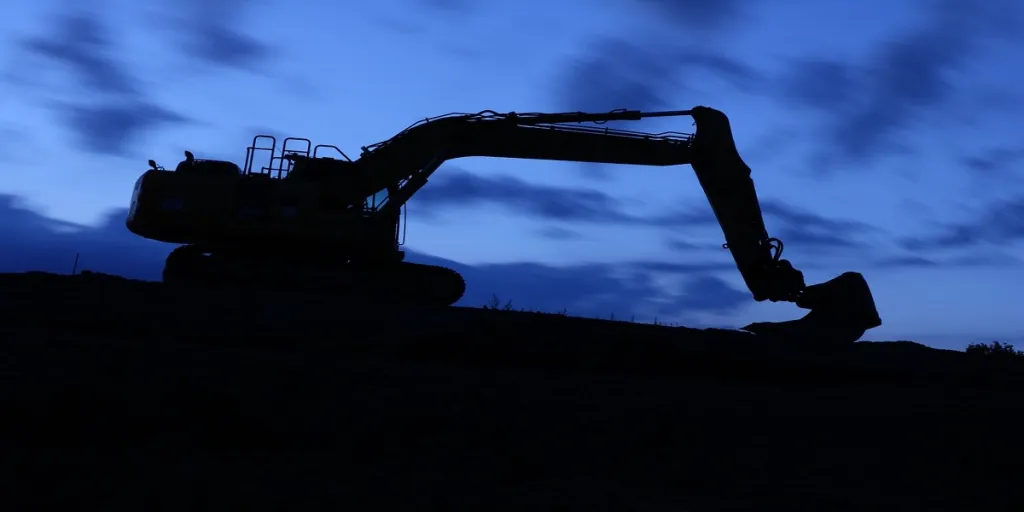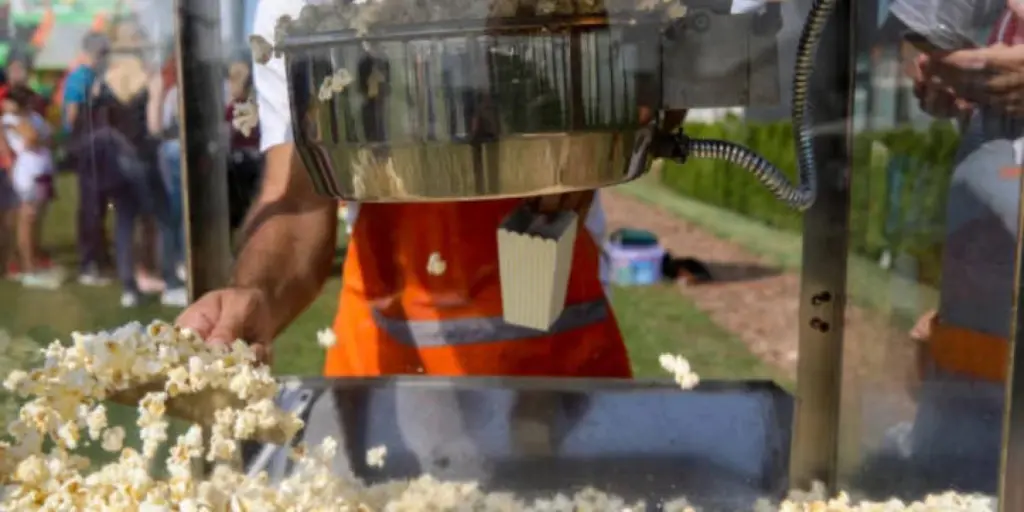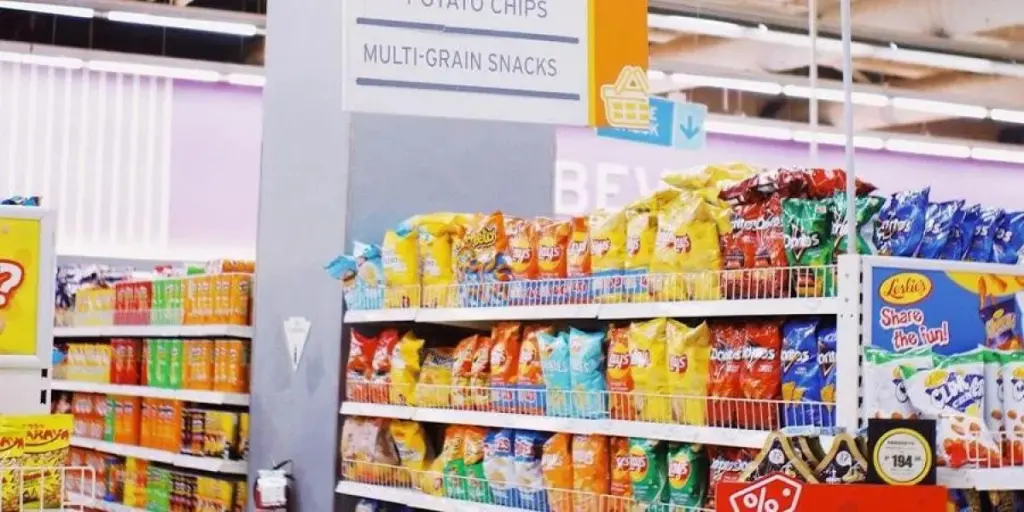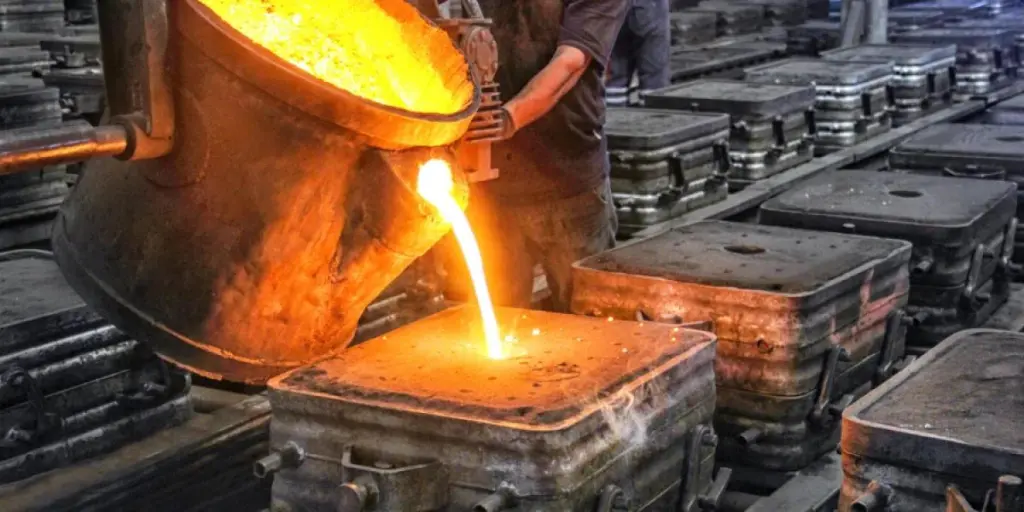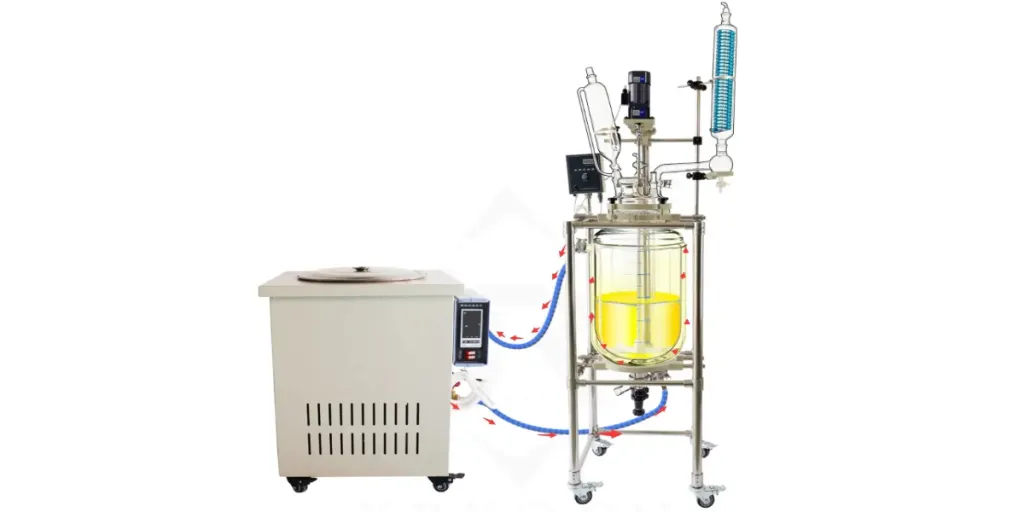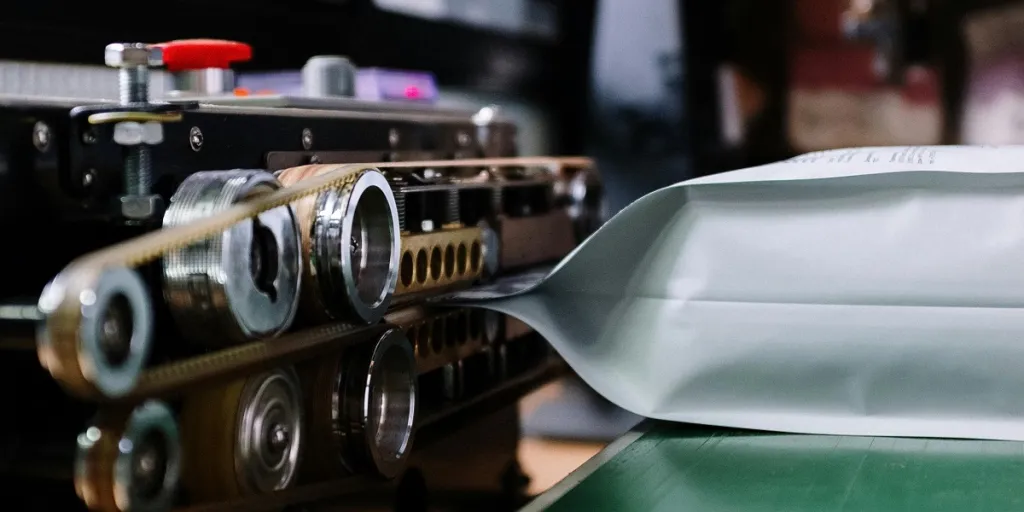Metal parts need perfect finishing, the last process in manufacturing. Powder coating and painting are the major techniques used in finishing metal parts. Both techniques help to protect the metal from corrosion and ensure the metal will last for a long time. Additionally, powder coating and painting give the metal parts a nice look. Even though the two techniques serve the same purpose, they differ in the ingredients used and the process undertaken. Before deciding which technique to use in coating metal parts, ensure you know the merits and demerits of each.
This article will look at the difference between powder coating and painting. Also, we will take a keen look at how each technique works and its pros and cons.
Table of Contents
What is powder coating?
What is spray painting?
Difference between powder coating and paint
Conclusion
What is powder coating?
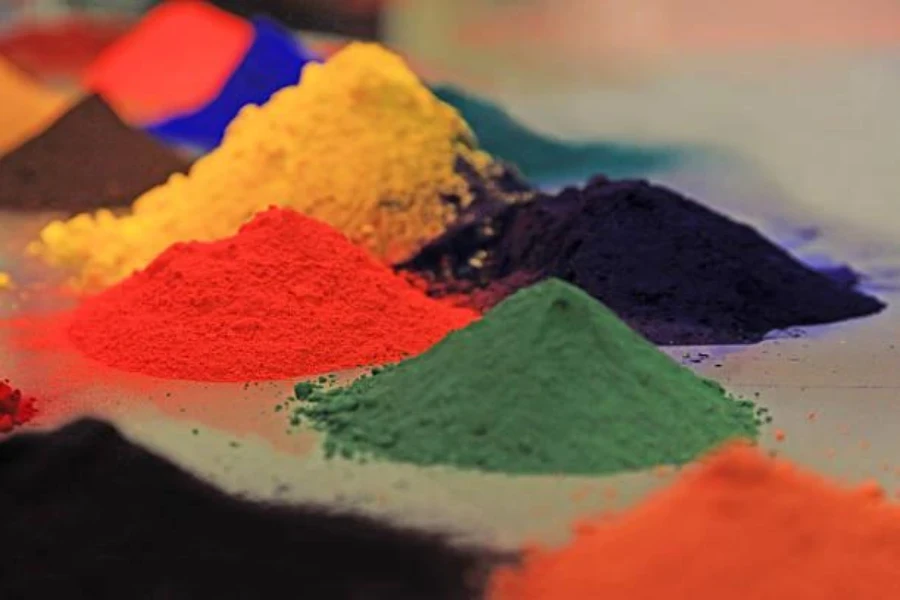
Powder coating involves a dry finishing process where a powder is electrostatically applied onto a surface and heated. The applied powder flows as it melts, creating a thick, even, and durable finish.
How powder coating works
The process involves three basic steps:
Step one
Part and equipment preparation involves removing lubrication greases, oil, metal oxides, dirt, welding scale, etc. This process can be done using various chemicals like acetone and mechanical methods depending on the size of the part to be powder coated.
Step two
An electrostatic gun does the powder application process. The gun imparts a negative charge on the powder as it is sprayed toward the object. Afterward, the object is heated to melt the powder, forming an even finish as it is cooled. The other methods used to apply powder coating include electrostatic fluidized bed coating and electrostatic magnetic brush (EMB) coating.
Step three
The curing process involves a thermosetting powder exposed to high temperatures and melting while reacting chemically to form a higher molecular polymer. The crosslinking cure process requires approximately ten minutes to achieve a full cure and uniform properties for the desired outcome.
Pros
– It provides consistency and smoothness on solid surfaces with no trace of application marks.
– It is diverse as it has a range of colors that you can mix beforehand.
– It is durable and requires low maintenance as it creates a superior, thick, and adhesive finish that is long-lasting.
– The process of powder application is quick and efficient, with a single application being enough.
– It is eco-friendly because the powder lacks toxins that would have been hazardous to the environment.
Cons
– Color matching of powder coats is quite difficult considering the material plastics used to manufacture them.
– It is limited to thick coatings only.
– The electrostatic process may melt other surfaces like rubber; thus, powder coating is limited to metallic surfaces.
– The equipment required in powder coating application is expensive, especially in small operations; for instance, the electrostatic booth and the industrial oven.
What is spray painting?

Spray painting is the application of a liquid mixture of solvents, color pigments, and binders on a surface using a spray gun. The binders provide adhesiveness between the color pigments and the surfaces of objects.
How painting works
This process is simple in its application. The object is thoroughly cleaned to remove dirty components like oil residues. Then, the desired paint mixture in liquid form is prepared to an even thickness of around 15-20 micrometers. Afterward, the paint is applied to the object to achieve an even coating with the intended thickness.
Pros
– It is affordable, considering the tools required for the painting process.
– Sprayed paint dries on its own and does not require equipment like an oven.
– It provides thin and smooth coats to surfaces.
– Paint is applied in a broader range of colors.
– It can be applied on-site because the object is not removed and taken to a coating facility.
Cons
– It is difficult to achieve an even coat when using wet paint as it leaves trace marks.
– Applying paint is time-consuming as it takes multiple coats to get an even and smooth finish.
– The result of painting is less durable as it offers less resistance to scratching, chipping, and flaking.
– It is less environmentally friendly because it requires chemical agents for spraying and bonding with the surfaces.
Difference between powder coating and paint
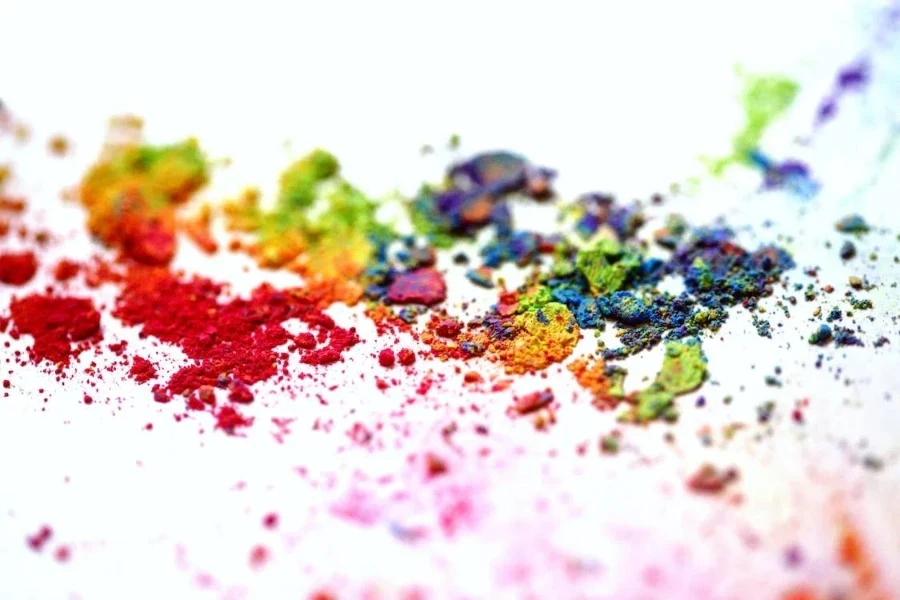
1. Cost
The upfront cost for paint is less than that of powder coating. However, powder coating is more efficient in the application process. Roughly two-thirds of powder is used, while the same amount is wasted on painting. Therefore, powder coating is more cost-effective.
2. Durability
Conventional paint fades and chips more quickly than powder coatings. This is because powder coating is thick and malleable and does not crack easily, even when subjected to expansion and contraction.
3. Safety

The powder coating process is safer because the polymer used is inert; thus, it lacks toxins. Paint, by contrast, has toxic solvents and organic components that are volatile and harmful to the environment.
4. Productivity
Powder coats take a short of curing and surfacing, thus speeding up any production processes. Through the oven, the powder fully cures in 20 minutes or less, while paint needs days to fully dry because of the chemical solvents.
5. Flexibility
Powder coatings are more flexible as they hold well onto surfaces that contract and expand without chipping or cracking. On the other hand, paint has solvents, so it tends to chip and crack as it cannot adjust to contraction and expansion.
6. Color matching
Paint is very soluble, which makes it easy to mix red and yellow to create orange color, for example. In contrast, the powder is not soluble, so it is hard to mix colors.
7. Performance
The efficient thermal bonding with objects of powder coating offers long-term performance compared to paint, from superior color retention to resistance to cracking, chipping, and other potential wear. Painted surfaces require regular repainting to recover the original look.
Conclusion
The tussle between the ideal finishing technique in sheet fabrication continues. Buyers have yet to have a unanimous decision on what to apply to various individual products. The above guide helps assess and understand powder coating and painting as finishing options. Any buyer should comprehend how each of them succeeds and at what point they fail to deliver the desired outcome. Buyers can find quality powder coating and paint on Alibaba.com.


